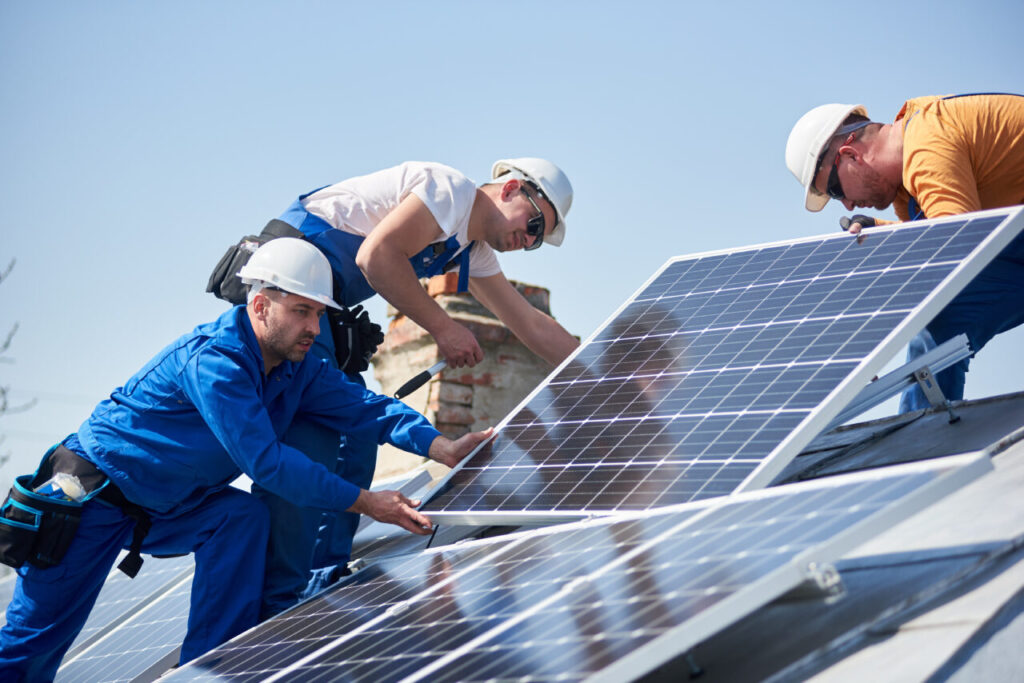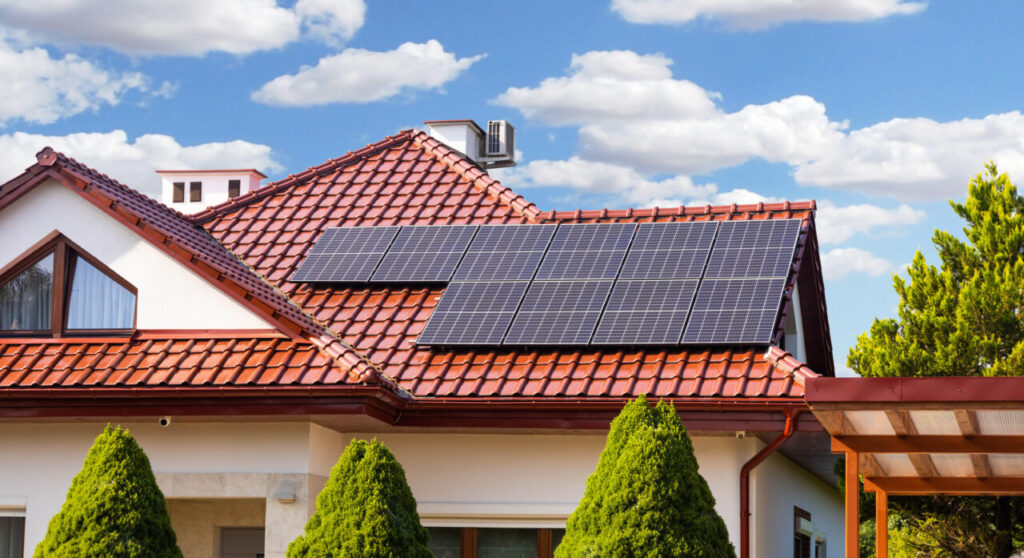Many people view solar power as a free source of energy. They’re not entirely correct, but they’re not completely wrong either. You see, solar energy becomes free once you get returns from your investment. The expense of buying and setting up the equipment: panels, batteries, converters, controllers, inverters, et cetera.
Because of the continuous price changes in solar equipment, it may take four to eight years before you see returns in your setup. Before, it was estimated that you need to at least wait two decades before the panels pay for themselves.
As someone who already has one set up, you may be excited about getting your returns quickly. And the only way you can do that is to make the most of your solar power system. In this article, you’ll know four simple ways on how you use up every bit of electricity that your setup can and will generate for you.
1. Keep Your Solar Panels Clean
Even though solar panels require minimal maintenance, a little TLC can make a huge difference in improving their output. While you don’t need to keep them clean and shiny every day, you should remove debris and dust on them every six months. Remember that things like bird droppings, leaves, and thick layers of dust can block sunlight and reduce the amount of solar power your panels generate.
In addition to that, prune and trim trees that may be producing shade on top of your panels. You can always do it on your own or hire professionals who specialize in maintaining residential solar panels. It’s highly recommended that you do the latter since they can also perform inspections and ensure that your solar power system is in optimal condition.
2. Maximize Its Use During The Day
Everyone knows that solar panels are only capable of producing electricity when the sun is out. And if you have a high-powered system, you may not be utilizing all the electricity your panels are generating, especially if you don’t have high-capacity batteries in your system.
Here are some ways you can maximize your energy usage during the day when you have solar panels:
- ⬥ Charge all your devices such as smartphones, laptops, tablets, etc. during the day only and unplug them at night.
- ⬥ Set timers for your appliances so they use more electricity during the day and switch off before sunset.
- ⬥ Only use power-hungry appliances like your washing machine during the day.
3. Sell Excess Power To Utilities
If you have an oversized power system—a setup that prevents you from efficiently utilizing excess generated electricity—consider connecting to the local grid and sell off your excess power. This process is known as solar net metering.
Do note that this setup isn’t available everywhere. If you live in Texas, Idaho, Alabama, Mississippi, South Dakota, and Tennessee, you might want to check your state’s laws about net metering and see if your city allows it. For more information, talk to your solar contractor and local utility company.
4. Consider Adding A Battery Storage
If you don’t want to waste the excess power that your panels generate during the day, you need to consider adding batteries to your solar power system. Having batteries also allows you to have electricity during the night and on days when the sun is out. If you’re still connected to the grid, having batteries can help you survive times when there’s a power outage.
Thankfully, together with the prices of solar panels, the prices of batteries have tremendously improved over the last couple of years.
5. Install LED Lights
Lighting contributes heavily to electric bills, especially if a household uses old and inefficient light fixtures. Know that bulbs like incandescent are inefficient in using electricity to generate light—they mostly consume 95% of the electricity they receive to generate heat and the remaining 5% to generate light.
So, if you’re still using inefficient lighting, consider getting LED lights. Unlike others, LED lights are very efficient in making light as they use little electricity to produce heat. In comparison, fluorescent lights require twice the amount of energy to produce the same number of lumens (unit of measurement for visible light) as an LED light.
Final Thoughts
Equipping your home with a solar power system is a good thing to do. You can reduce your carbon footprint while also saving money on your electric bills at the same time. But after you get a solar power system installed, you’ll need to make sure that you’re getting the most out of it and not just meet your power needs. Follow the tips above to make your solar power system more efficient so you can get the most out of your investment.
About Author
Lorenz Jennings is a solar installation supervisor. He has been in the industry for many years, assisting solar crew in the fieldwork. He spends some time writing guest posts online to give helpful advice about solar energy and solar panel installation. Lorenz enjoys swimming, playing basketball, and scuba diving.
For more information on solar, check out these blogs:
7 Steps to a Solar Powered Home
Reducing Your Home’s Carbon Footprint: 6 Undeniable Benefits of Installing Solar Panels



